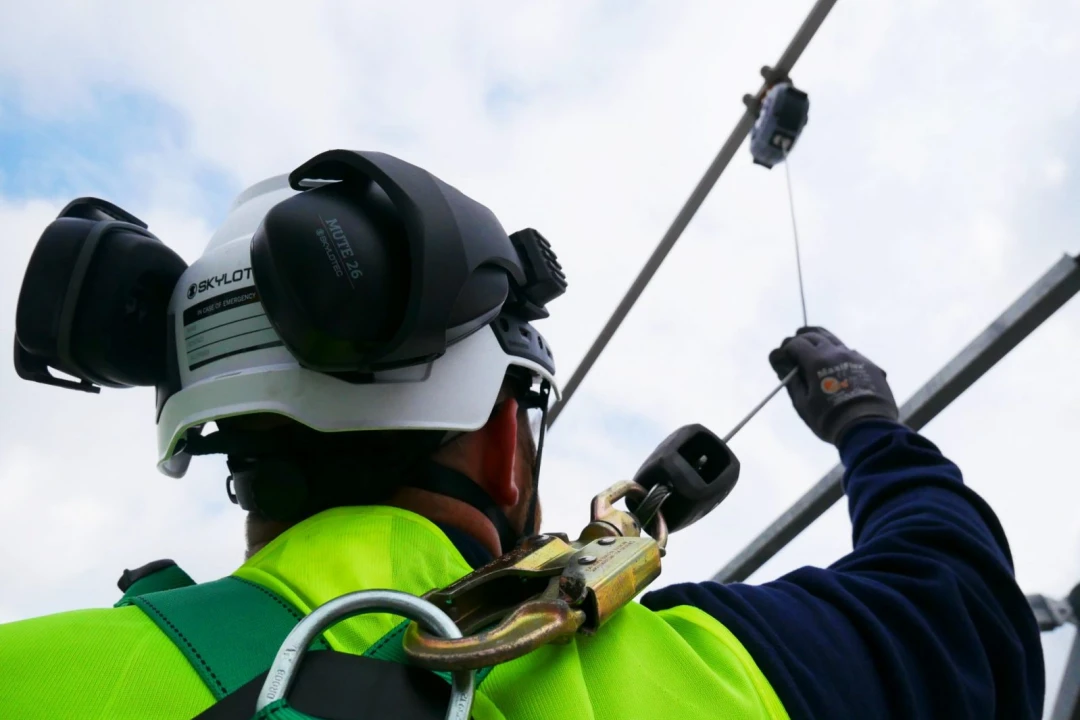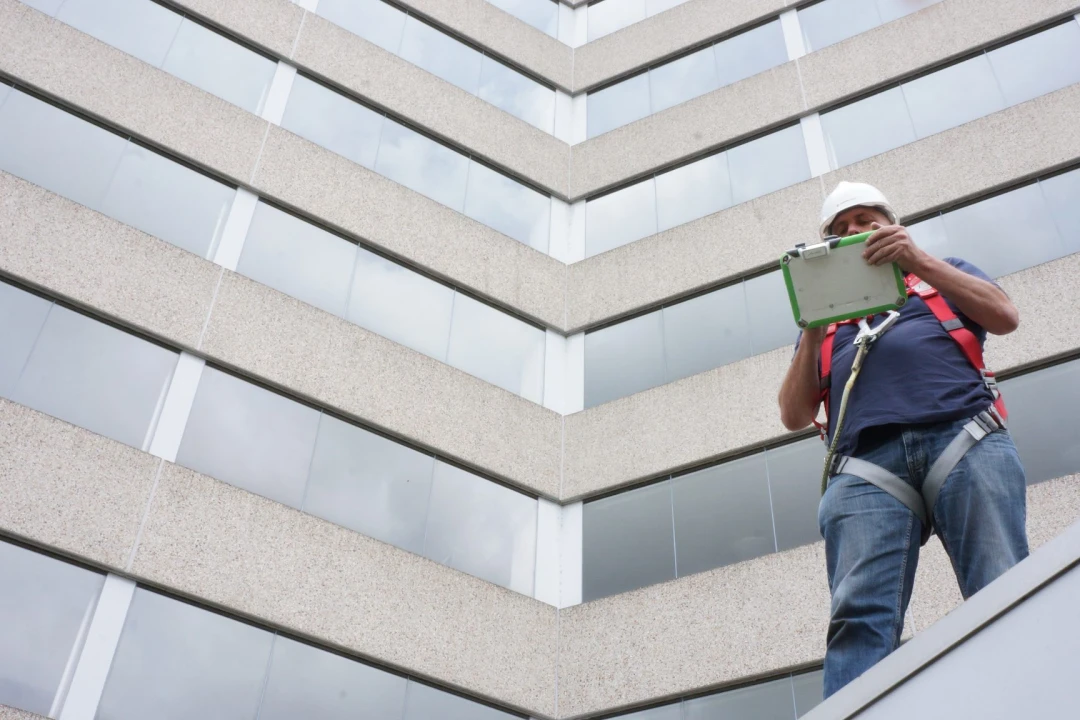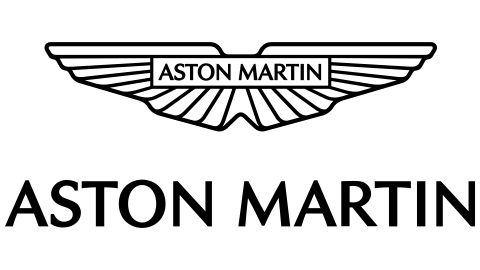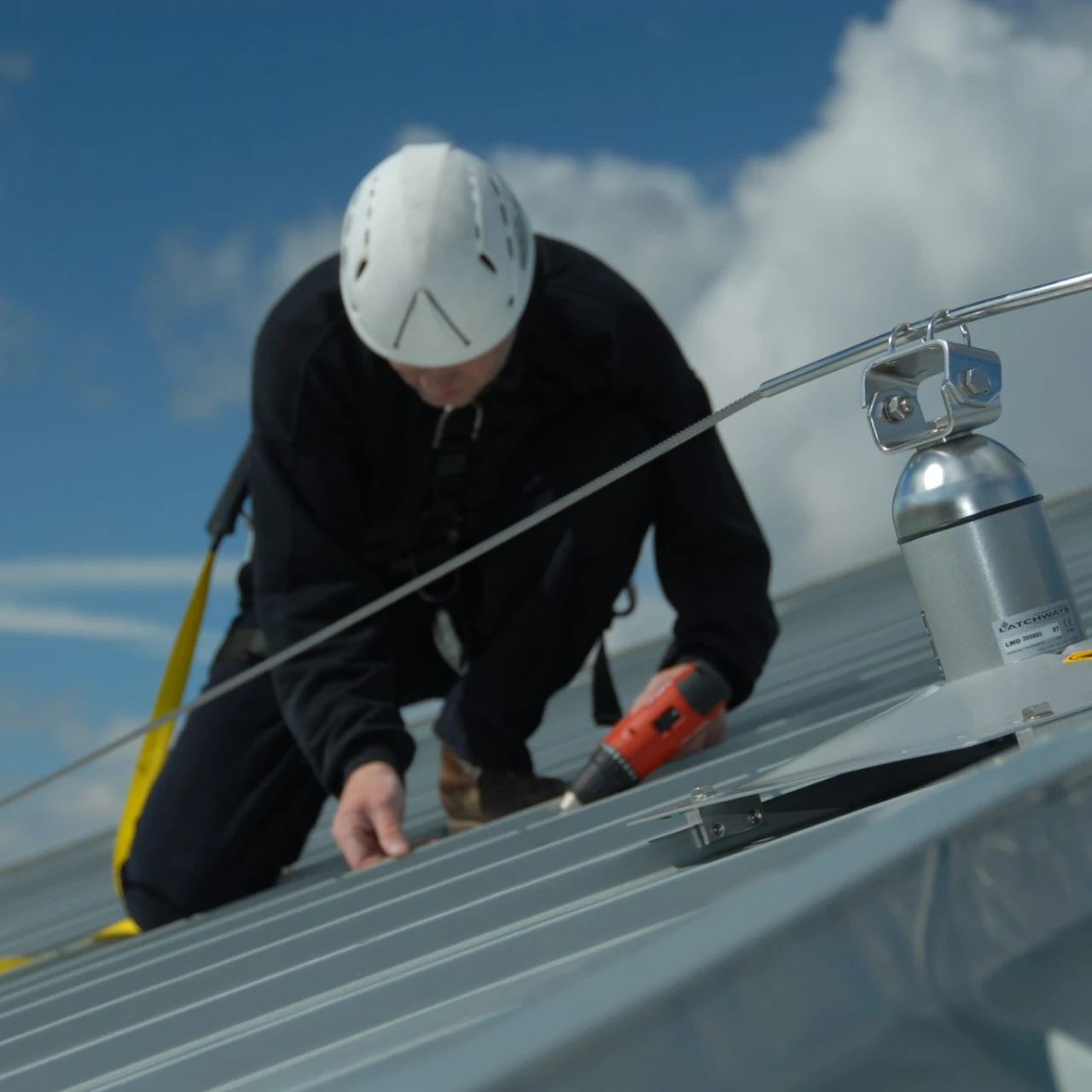

- Knowledge Base
- Blog
- Creating holistic height safety
Creating holistic height safety
Creating holistic height safety involves a comprehensive approach to ensuring the safety of individuals working at heights or in elevated areas. This approach is based on the understanding that height safety is a complex issue that requires a combination of strategies and solutions to minimize risk and prevent harm.
Effective holistic height safety requires the use of appropriate and well-maintained equipment, such as scaffolding, ladders, personal protective equipment (PPE), and fall arrest systems. When selecting the appropriate equipment, it’s essential to consider factors such as the height of the work area, the duration of the task, and the level of danger involved. For example, when working at extreme heights, a fall arrest system that includes an anchor, harness, and lanyard is a suitable solution.
Another important element of holistic height safety is training. The workers who are performing tasks at heights should have sufficient training to understand the risks associated with the job and the necessary skills to manage those risks. Such training should cover topics such as the correct use of equipment, emergency procedures, and compliance with relevant regulations and standards.
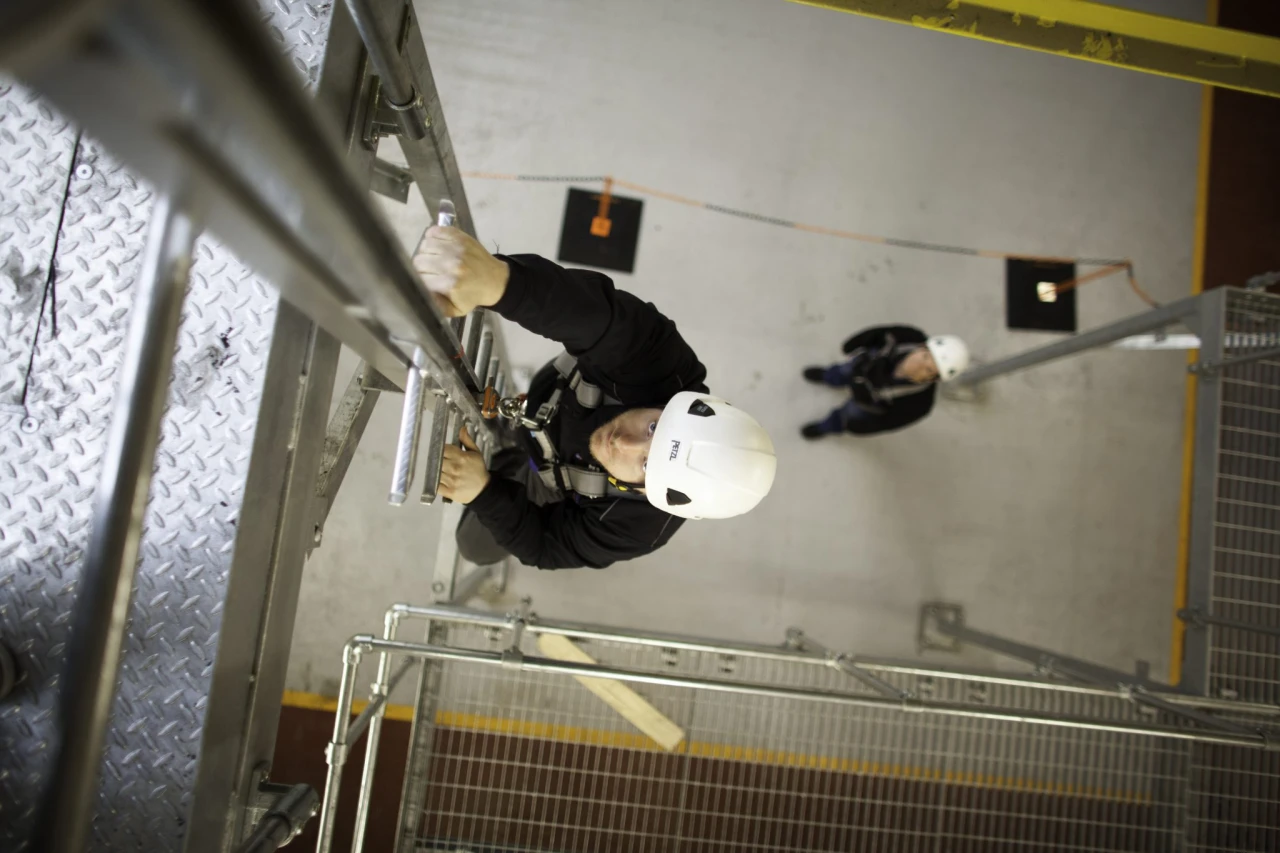
Workplace inspections
In addition, it is important to conduct regular inspections to ensure that all equipment is in good working condition and that the workplace is free from hazards. Regular equipment inspections are advisable to identify wear and tear or damage that could cause failure during use. Regular workplace inspections can identify conditions such as slipping or tripping hazards, spills, or obstacles that may affect the safety of individuals working at height.
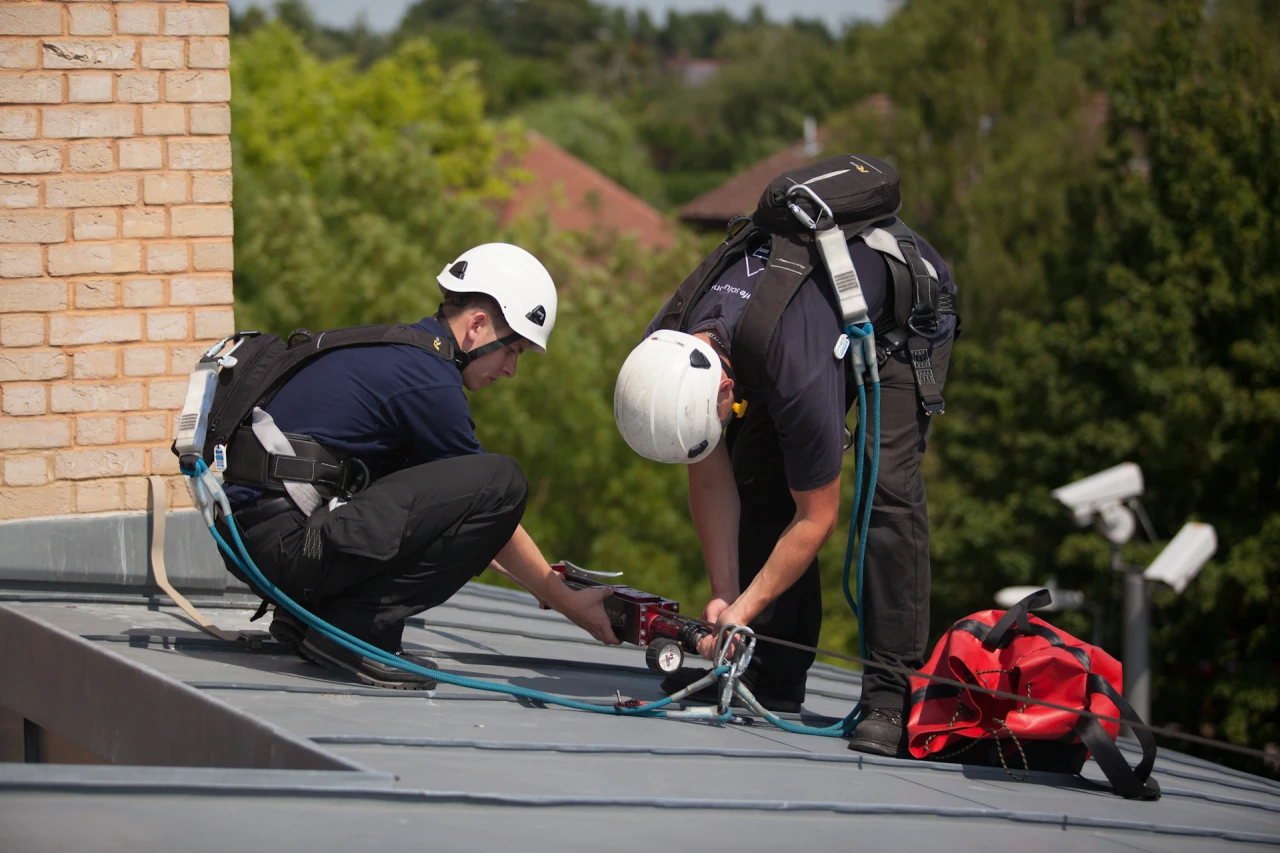
Communication
Communication within the workplace is also a critical aspect of holistic height safety. For example, communication of procedures and risks relevant to height safety must be clear and easy to understand for the workers. Communication can also involve the use of signage, labelling, and other visual cues that provide warnings and instructions.
Finally, holistic height safety should include a system for assessing and managing risks. A good risk management system should be structured to evaluate potential risks associated with tasks being performed, behaviours, and conditions that may increase risk, and controls that can be put in place to mitigate the risks. The system should be continuously reviewed to maintain effectiveness.
In conclusion, holistic height safety requires a rigorous combination of equipment, training, inspections, communication, and risk management. While each of these factors is important in its own right, it is through their integration that a comprehensive and effective height safety system can be achieved. With this approach, individuals working at heights will be better equipped to manage risks, thereby reducing the likelihood of injury or death.
Learn more about...


